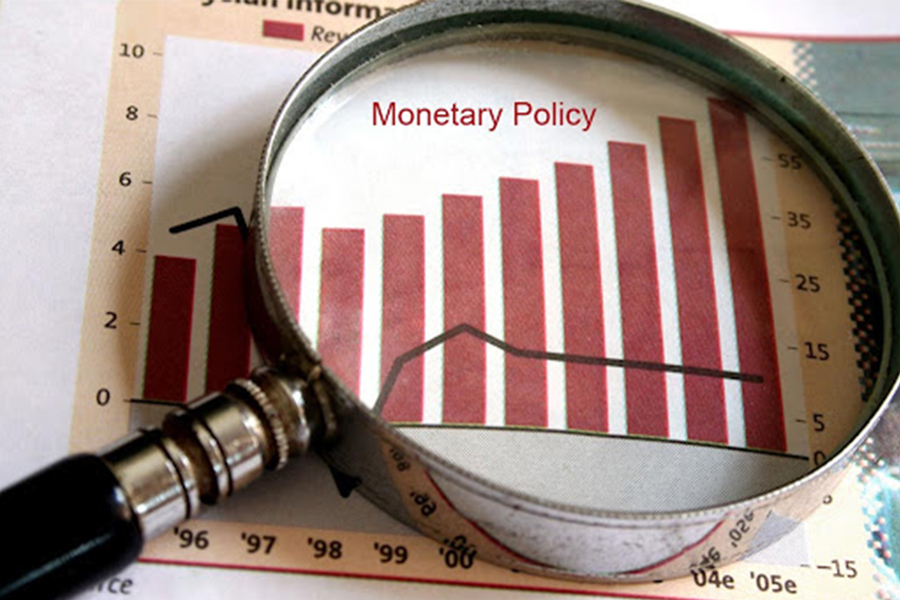

Considering inflation as the key challenge facing the economy, the incumbent governor of the Bangladesh Bank (BB), in his first-ever presentation of the Monetary Policy Statement (MPS) for the second half of the current fiscal year (FY2004-25) on Monday, February 10 last is learnt to have continued the existing contractionary monetary policy. However, the main tool of money management, the policy rate, has been kept unchanged though the businesses expected that it would be lowered to make fund cheaper and thereby help the private sector to sustain and grow. By not further increasing the policy rate (the rate at which the central bank lends money to the commercial banks), which is now at 10 per cent, a message has clearly been conveyed to the common people as well as all the stakeholders that economy is now moving towards stability.
The development that encouraged the central bank not to hike up the policy rate has obviously been the decline in the general inflation rate, which came down to 9.94 per cent last month (January2025) from 10.89 per cent in December last year (2004). Notably, after assuming office following August 2024's political changeover, the BB governor has raised the policy rate thrice by 150 basis points, which is equivalent to 1.5 per cent, and almost stopped printing high-powered money to contain inflation. Though the economic prospects now appear to be looking up with the expectation that the inflation rate would drop further by the end of this fiscal year to 7.0 or 8.0 per cent, the BB is not going to relax its tight monetary stance any further until June. Similarly, the interest rate of the Standing Lending Facility (SLF), the monetary policy tool using which the BB provides funds overnight to financial institutions against collateral to limit volatility of the short-term interest rates, has been kept the same at 11.5 per cent.
On the other hand, the rate for the Standing Deposit Rate (SDF), another financial tool of the BB that it uses to absorb excess liquidity in commercial banks by allowing them to deposit their surplus funds with the BB sans any collateral, remains at 8.5 per cent so the inflation might remain under control. While announcing its MPS for the second half of the current fiscal, against the backdrop of uncertainties in the financial sector globally as well as the potential for domestic political fluidity, the BB governor has evidently been somewhat conservative and circumspect. This should not be surprising given challenges the economy continues to face calling. What is especially concerning to note at this point is that the private sector growth is constrained with credit growth stuck at 7.3 per cent, which affects new investment and exacerbate the problem of unemployment.
The BB would like to be reassuring on the issue on the ground that the credit growth is expected to rise to 10 per cent by June through gradual relaxation of the monetary policy stance. Also, given that remittance inflow is rising and export growth shows promise, there is reason to be optimistic about continued strengthening of the Balance of Payments (BoP) as well as strengthening of the forex reserve situation. This would positively contribute to keeping foreign currency exchange rate stable which in turn would go to curb domestic commodity prices volatility ensuring overall economic resilience. Meant to be conservative, the BB's present monetary stance, hopefully, would produce the desired results. But curbing inflation should be the means, not the MPS's ultimate end, which is about ensuring overall growth of the economy.


 For all latest news, follow The Financial Express Google News channel.
For all latest news, follow The Financial Express Google News channel.